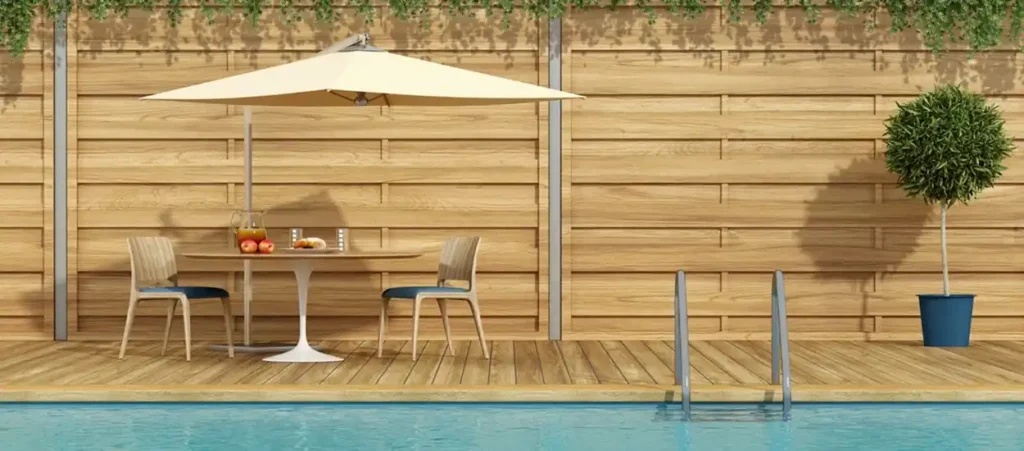Plywood is a versatile and cost-effective material, but when used outdoors, it needs proper waterproofing to prevent warping, rotting, and delamination. Whether you’re building outdoor furniture, a shed, or decorative panels, this guide will walk you through the best methods to waterproof plywood for long-lasting durability.
1. Why Waterproof Plywood for Outdoor Use?
Regular plywood isn’t naturally waterproof, and exposure to rain, humidity, and temperature changes can cause:
Warping & Swelling – Moisture absorption leads to bending and distortion.
Rot & Mold Growth – Untreated plywood can develop fungal decay.
Delamination – The layers can separate over time when exposed to water.
Key Takeaway: Waterproofing extends the lifespan of plywood in outdoor settings, saving you money on replacements.

2. Best Methods to Waterproof Plywood
A. Using Waterproof Sealants & Paints
Polyurethane Varnish – Provides a clear, durable waterproof coating (ideal for visible surfaces).
Epoxy Resin – Creates a thick, waterproof barrier (great for tabletops and boat decks).
Exterior-Grade Paint – Oil-based or acrylic latex paint with a waterproof primer.
Application Tips:
1. Sand the plywood first (120-grit sandpaper).
2. Apply 2-3 coats, allowing each layer to dry fully.
B. Waterproofing with Linseed Oil or Tung Oil
Natural oils penetrate the wood, offering moderate water resistance.
Best for low-moisture exposure (e.g., garden furniture).
C. Liquid Rubber or Waterproof Membranes
Used for roofing, sheds, and planters where heavy rain is expected.
Self-adhesive membranes (like Peel & Stick) provide extra protection.
D. Edge Sealing for Maximum Protection
Plywood edges absorb the most moisture—seal them with wood glue or epoxy.
3. How Long Will Waterproofed Plywood Last Outside?
The lifespan depends on:
Type of Sealant Used (epoxy lasts longer than paint).
Climate Conditions (humid or rainy areas need more frequent maintenance).
Maintenance (reapply sealant every 1-3 years).
Polyurethane:Estimated Lifespan: 2-5 years,Best For: Furniture, Decks
Epoxy Resin:Estimated Lifespan: 5+ years,Best For: Boat Building, Tabletops
Exterior Paint:Estimated Lifespan: 3-4 years,Best For: Sheds, Fences
Pro Tip: For extreme weather, consider marine-grade plywood (already waterproof) instead of sealing regular plywood.
Waterproofing plywood is essential for outdoor projects to prevent damage. The best method depends on your budget, project type, and climate. For best results:
Seal all sides (including edges).
Reapply protective coatings as needed.
Consider marine plywood for high-moisture areas.
Need help choosing the right sealant? Check out our recommended products or ask in the comments!

